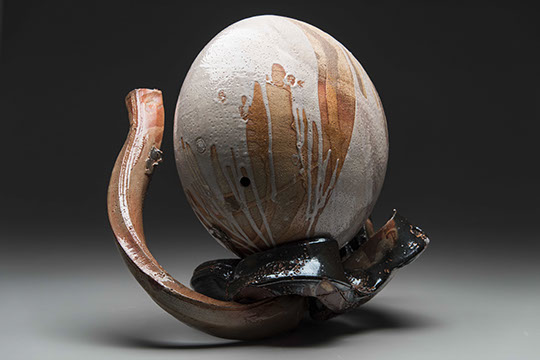
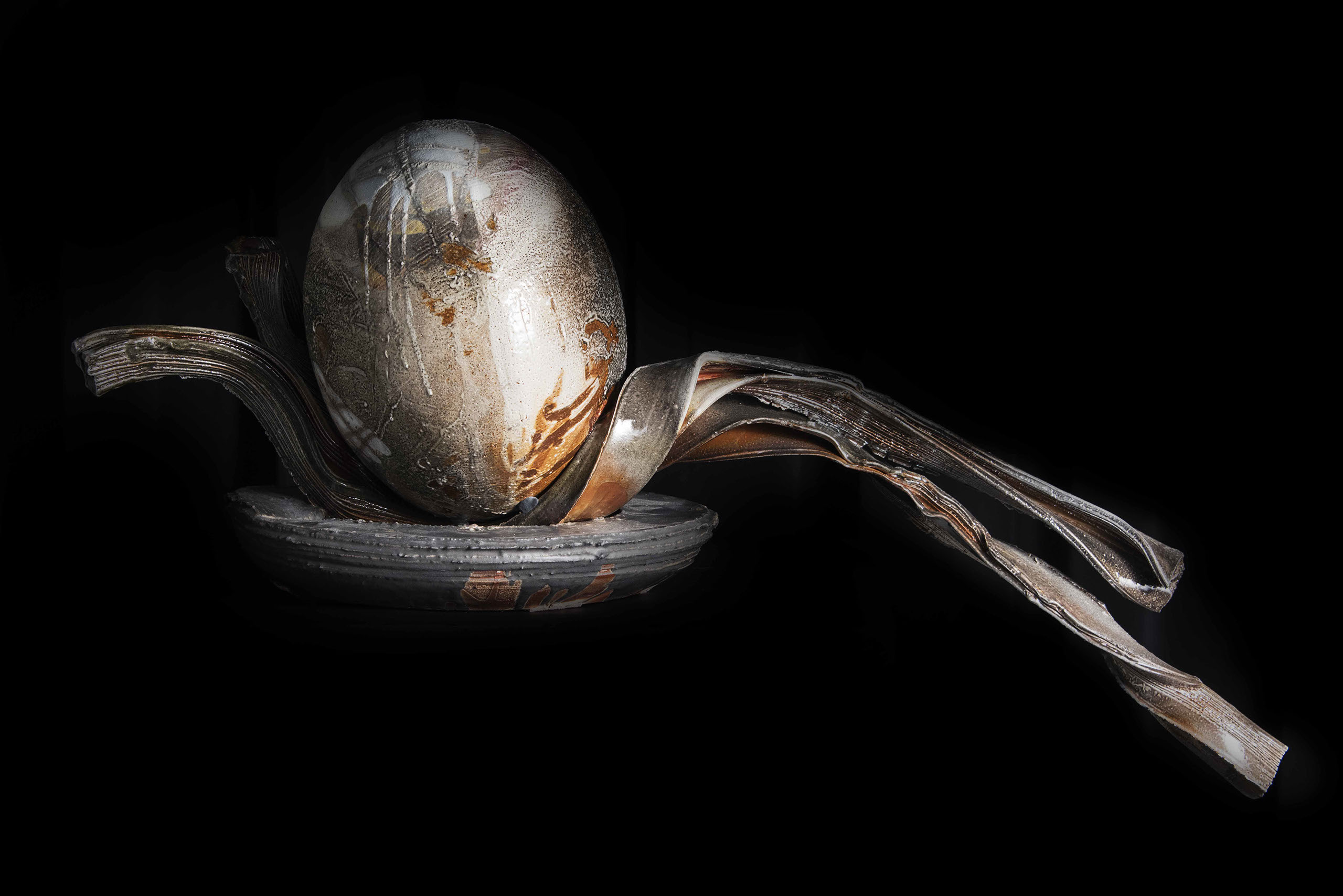

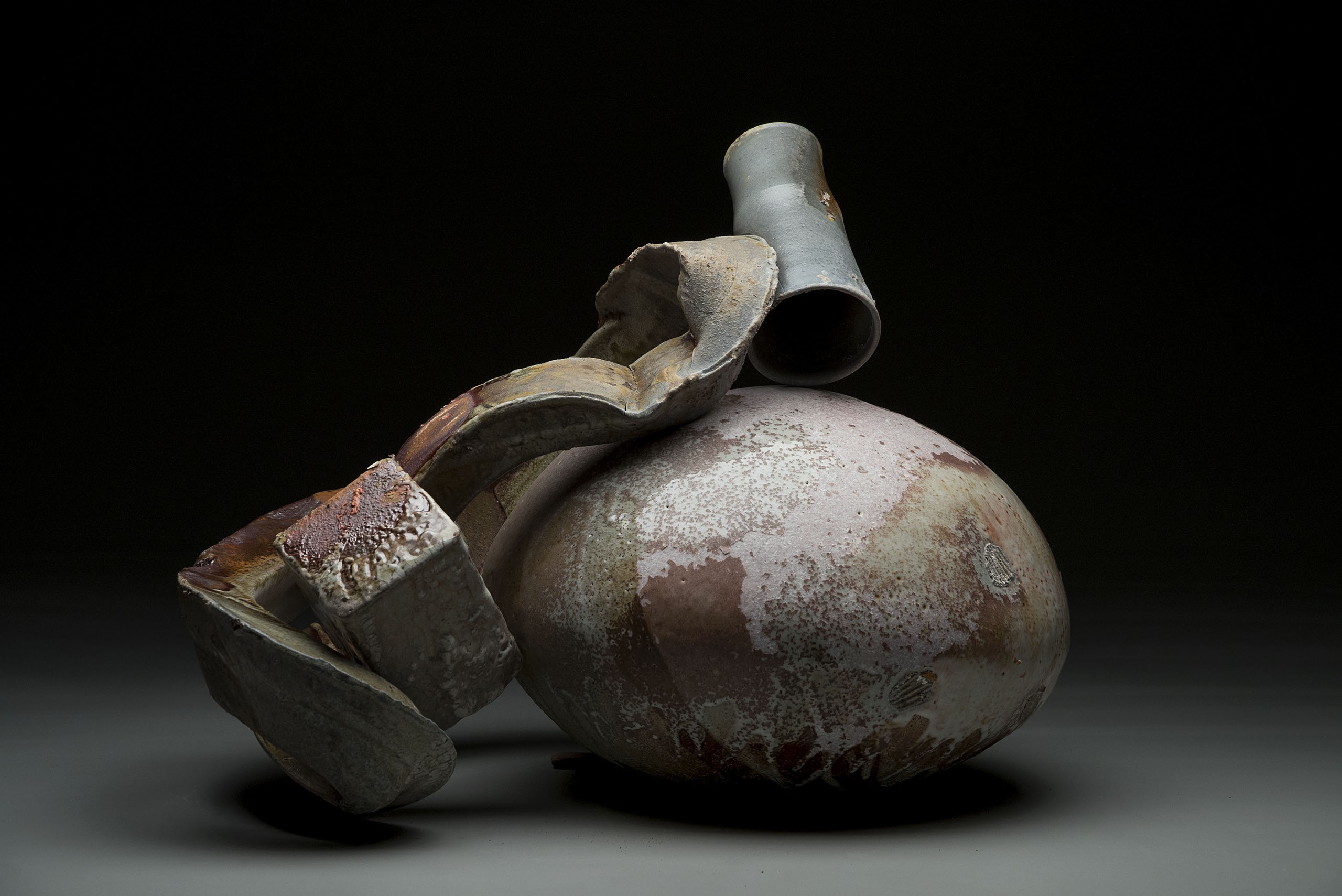
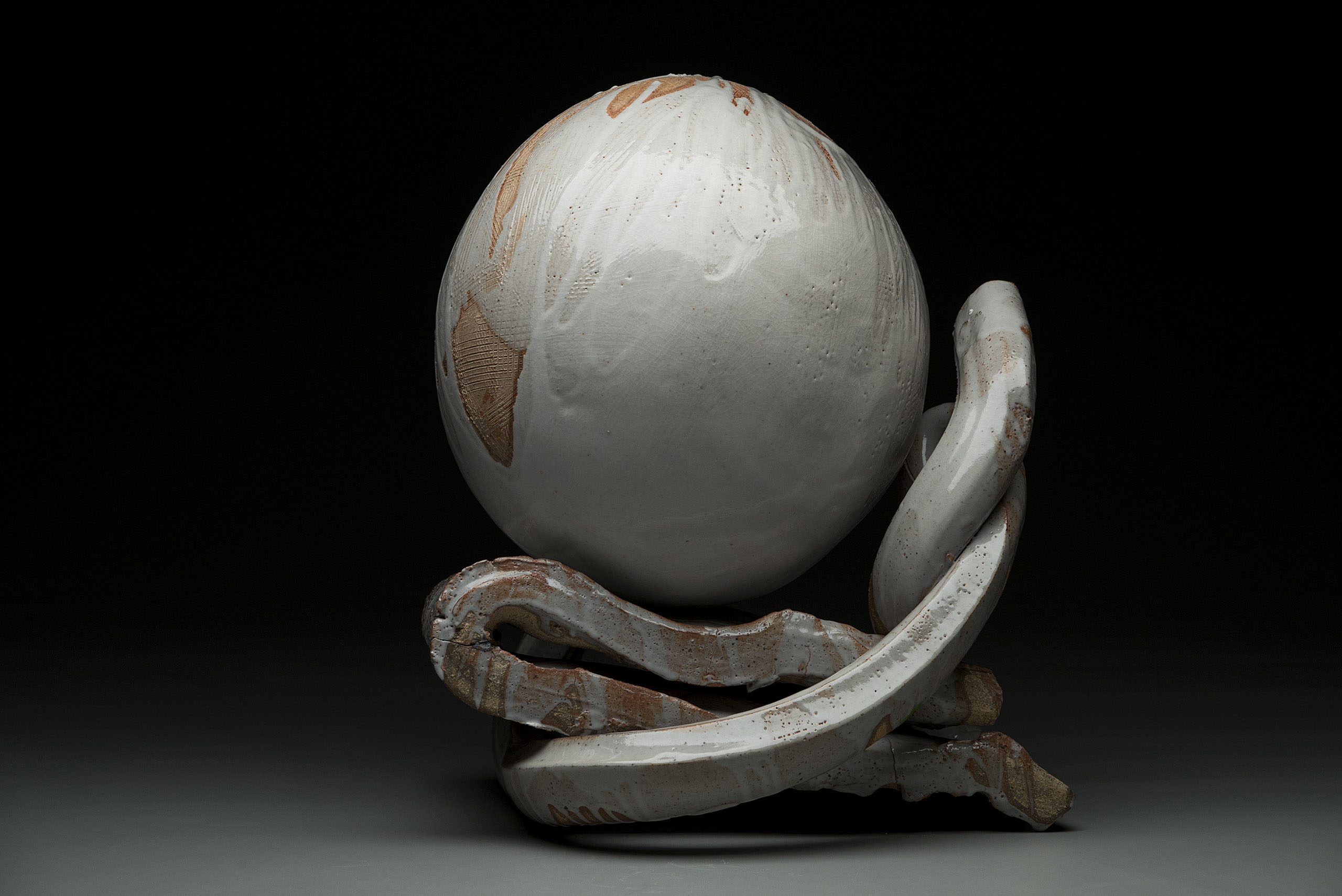
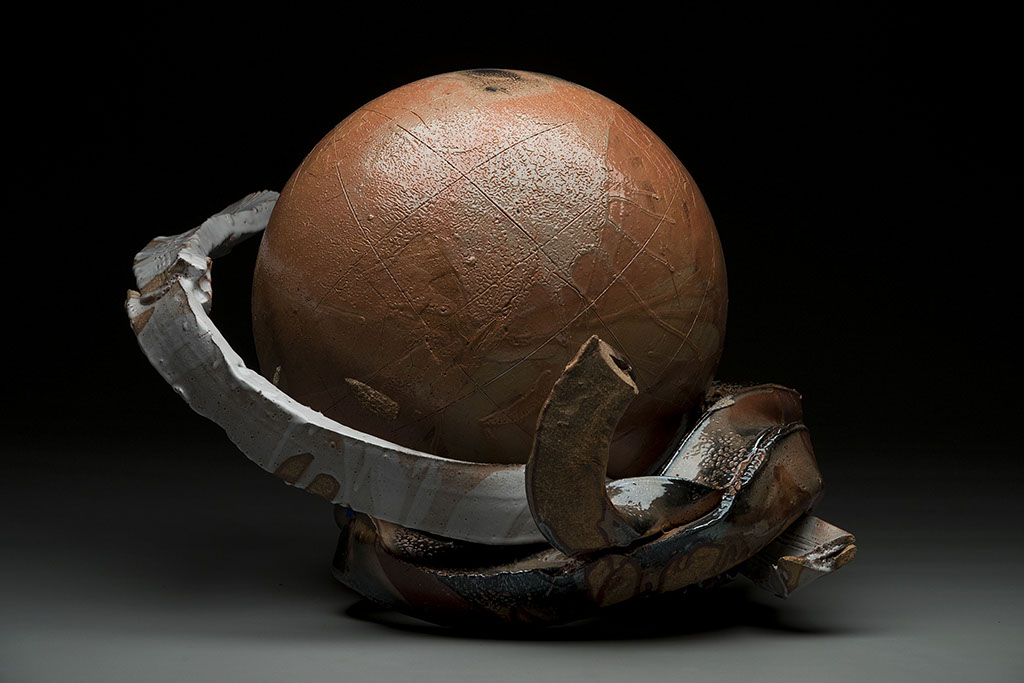
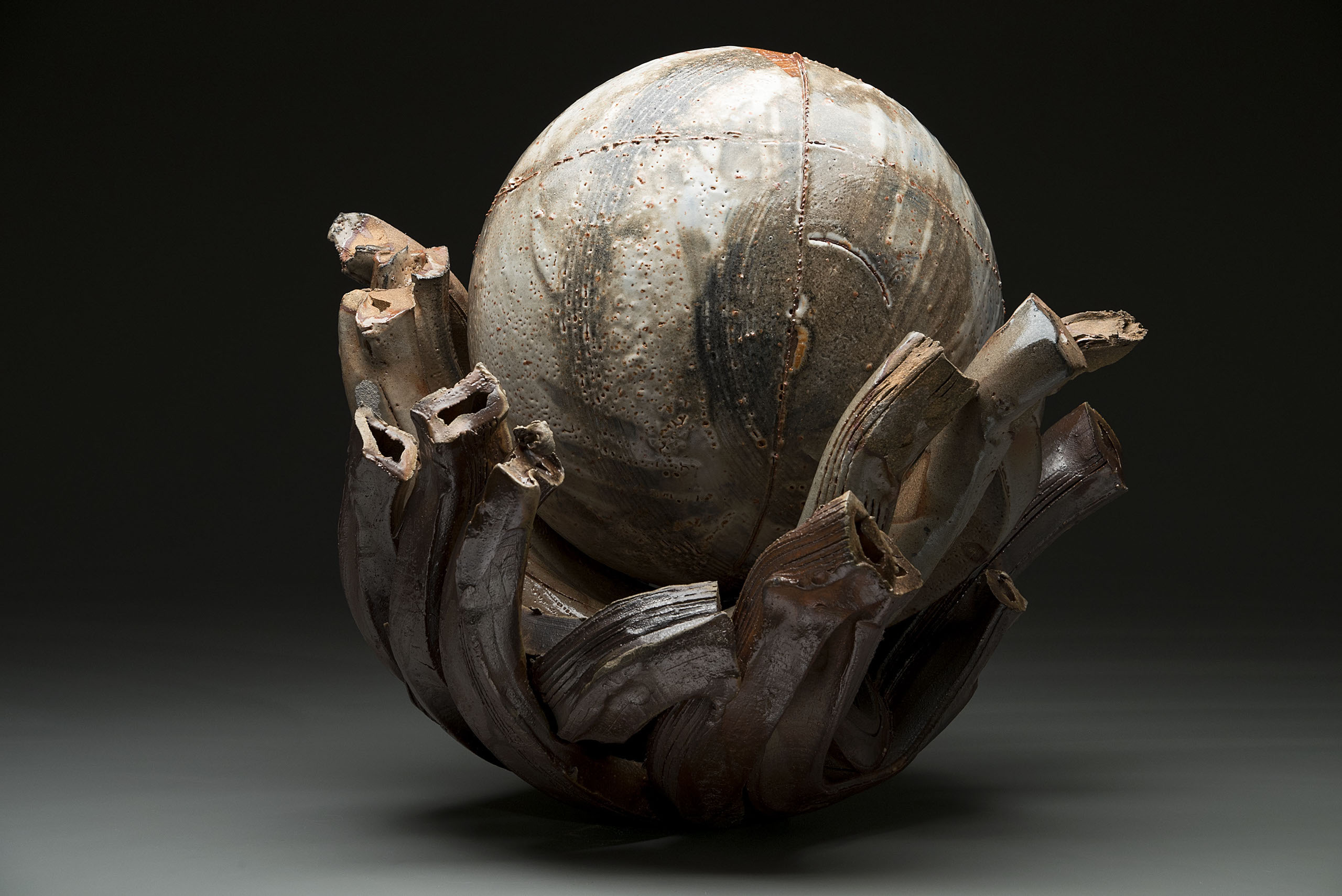
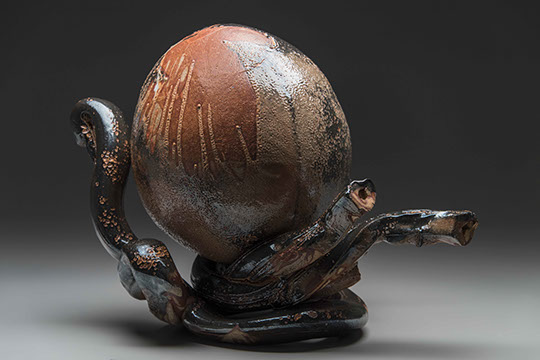
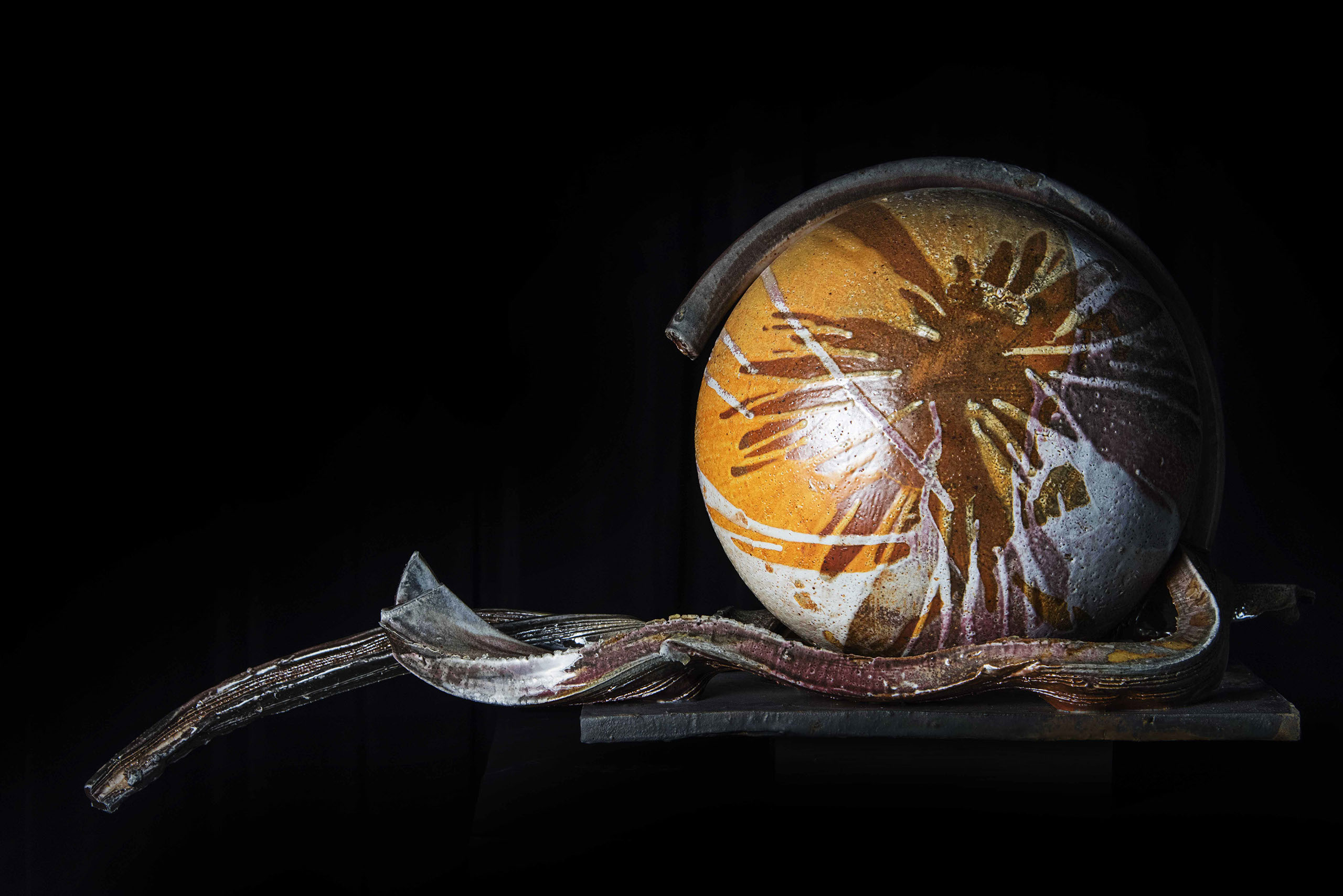
CACKLE • 2015
Approximate Size: 16"x16"x40"
Medium: Wood-Fired Stoneware
Photography: Shuichi Murakami
PATHS ARE MADE BY WALKING • 2015
Approximate Size: 16"x16"x40"
Medium: Wood-Fired Stoneware
Photography: Shuichi Murakami
ALBION • 2015
Approximate Size: 16"x16"x40"
Medium: Wood-Fired Stoneware
Photography: Shuichi Murakami
FALL RIVER • 2015
Approximate Size: 16"x16"x40"
Medium: Wood-Fired Stoneware
Photography: Shuichi Murakami
IPSWICH • 2015
Approximate Size: 16"x16"x40"
Medium: Wood-Fired Stoneware
Photography: Shuichi Murakami
MINOT • 2015
Approximate Size: 16"x16"x40"
Medium: Wood-Fired Stoneware
Photography: Shuichi Murakami
NAUSET • 2015
Approximate Size: 16"x16"x40"
Medium: Wood-Fired Stoneware
Photography: Shuichi Murakami
RAMBLE • 2015
Approximate Size: 16"x16"x40"
Medium: Wood-Fired Stoneware
Photography: Shuichi Murakami
SINCE THE FIRST SUNRISE • 2015
Approximate Size: 16"x16"x40"
Medium: Wood-Fired Stoneware
Photography: Shuichi Murakami
8 - 9
<<
>>
BUSH TUCKER
MENU
When you go to Uluru, the massive sandstone monolith in the heart of Australia, you feel its age and you sense a deep spirituality. Others have said this: it is sacred to the local Aboriginals and considered to be about 700 million years old. I didn’t believe I would feel anything, but I did. You circumnavigate the 10 kilometers of Ayers Rock, stopping a few places on the way, to see the remains of ancient campsites ornamented with petroglyphs painted onto the rock walls and ceilings. A home for such a nomadic people consisted of a shallow cave with a dirt floor and exposed entrances open to the immense and wild desert landscape.
The indigenous peoples of Australia have the oldest continuous cultures on the planet. It is easy to grasp that these cultures are deeply spiritual and linked to the local lands. It’s hard to imagine the difficulties of daily life, of simple survival, in the harsh landscape surrounding Uluru. One of the things I’ve learned is that these people of the Western Desert were brilliant scavengers of the wild food of the region, the bush tucker. Walking on the trails of the park, it is difficult to see beyond the rough earth dotted with huge antholes, scrubby plants, skinny trees, and other thorny ones. Yet fruits, nuts, grubs, goannas, and kangaroos provided sustenance. Some of the foods I sampled (quandong, for instance) were densely packed with nutrients but intensely bitter to my less experienced tastebuds. It turns out that this fruit, is full of vitamin C and the kernel of the nut (easily harvested from emu droppings) can be used for skin healing, burned for lamplight or to start a fire.
My sculptures are a salute to Aboriginal endurance, their sheer mastery of their environment. As our planet is now struggling with massive climatic changes I think about the necessity for future generations to be creative and resourceful. My constructions are imaginary, not replicas of particular plants or foods. I’m trying to exploit the clay (in a good way) by creating and placing unrelated forms in juxtaposition… with a degree of asymmetry. I’m working with the variables of shape, line, form, color and texture to charge each piece in space. My imaginary compositions are intended to embody potent organic substances, powerful enough to sustain life in the harshest of environments.